How Do Tech Employees at Google and Apple Use ESPP to Maximize Wealth?
True Root Financial is a fee only financial advisor and financial planner based in San Francisco, CA. We serve clients across the globe.
At companies like Google and Apple, employees often enjoy a lucrative benefit that’s easy to overlook: the Employee Stock Purchase Plan (ESPP). It seems straightforward—get a discount on your company’s stock—but beneath that simplicity lies one of the most powerful, low-effort wealth-building tools available.
If you are a tech professional interested in learning how we can help you claim your financial independence by investing wisely, minimizing taxes, and maximizing your equity compensation, please book a no-obligation call here.
Used strategically, ESPPs can quietly generate thousands or even hundreds of thousands of dollars in additional wealth over time. Yet many employees underutilize them, or worse, make costly mistakes. Watch the video below to learn how to map out your financial goals, save, invest, and handle risks along the way.
Key Takeaways:
- ESPPs can offer risk-free returns of 15–30 %+ every 6 months—returns that would take years to earn in the public market
- Even contributing a small amount is better than nothing. You can always increase later.
- Have a defined sell strategy, don’t let shares sit without a purpose
- Coordinate ESPP sales with tax planning and know your holding periods
- Strategic holding can make sense if your cash flow is strong and you want to reduce taxes.
Understanding the Math Behind ESPPs
Both Google and Apple offer ESPPs that include:
- A 15% discount on company stock
- A lookback provision, you buy shares at the lower of the price at the beginning or end of the purchase period (usually 6 months)
- The ability to contribute up to 15% of your eligible compensation, subject to a $25,000 IRS limit per year (based on fair market value at the start of the offering period)
Example:
Let’s say you earn $200,000 and contribute 15% to your ESPP. That’s $30,000 per year in contributions. If Apple stock is:
- $170 at the beginning of the offering period
- $190 at the end
- You’ll purchase shares at 85% of $170 = $144.50/share.
- If the stock is trading at $190 when your shares are purchased, you’ve made an instant 31.5% gain before even factoring in market appreciation.
The 3 Most Common ESPP Mistakes
Despite the benefits, many tech professionals undercut their gains by making preventable mistakes.
Mistake 1: Not Enrolling or Under-Contributing
Some employees don’t enroll because they:
- Don’t fully understand the benefit
- Feel that their paycheck is already tight
- Think they already own enough company stock
But missing the ESPP means missing out on free money. You can always sell the shares immediately if you need liquidity
Mistake 2: Forgetting to Sell (or Holding Blindly)
Many employees hold ESPP shares indefinitely, thinking they’re long-term investments. But this adds risk, especially if your portfolio is already concentrated in company stock from RSUs or stock options.
Holding too long can turn a guaranteed gain into a paper loss.
Mistake 3: Not Factoring in Taxes
ESPPs have their own set of tax rules. If you sell shares too soon, most of your gain will be taxed as ordinary income, not long-term capital gains.
Without a plan, you might:
- Trigger unnecessary taxes
- Miss opportunities to offset gains
- Be surprised at tax time
How High-Earning Tech Professionals Use ESPPs Strategically
Let’s shift from mistakes to what the most financially savvy employees at Google and Apple do differently.
1. Sell Immediately and Reinvest
This is the most popular strategy among professionals with high salaries and access to other investments.
They:
- Contribute the maximum to ESPP
- Sell shares immediately after the purchase period ends
- Reinvest the proceeds in diversified, tax-efficient portfolios (e.g., index funds, IRAs, or taxable brokerage accounts)
This removes volatility risk and creates a regular source of capital to grow long-term wealth.
2. Hold Strategically for Tax Savings
Others choose to hold ESPP shares for:
- At least 1 year after purchase, and
- 2 years after the start of the offering period
This qualifies the gain as a “qualified disposition”, and any gain above the purchase price is taxed at the lower long-term capital gains rate (typically 15–20%).
But this only makes sense if:
You have cash reserves and don’t need the funds immediately
You’re comfortable with the stock price fluctuating
3. Use ESPP as a Diversification or Goal-Funding Tool
High-level professionals often use ESPP proceeds for:
- Paying down a mortgage or student loans
- Funding their kids’ 529 college savings plan
- Seeding their taxable investment accounts
- Investing in real estate or private deals
Instead of letting the shares sit, they redirect the proceeds to strengthen other parts of their financial life.
The Wealth Strategy Framework (How to Decide What to Do)
Here’s a quick decision guide that helps you approach ESPP with more clarity:
Question |
Why It Matters |
What To Consider |
Can I afford a 15% paycheck deduction? |
You don’t want to strain cash flow |
Start with 5–10% and ramp up over time |
Do I already own a lot of company stock? |
High concentration = high risk |
Sell ESPP shares regularly to diversify |
Do I need liquidity in the next 12 months? |
ESPP gains can fund big goals |
Consider a quick-sell strategy |
Am I in a high tax bracket? |
ESPP adds to your taxable income |
Time sales and consider charitable offsets |
Do I have a plan for these funds? |
Money without a plan often gets wasted |
Assign ESPP to a long-term or near-term goal |
Final Thoughts:
At Google and Apple, employees are in a rare financial position, high earners with access to top-tier benefits. Even among elite compensation packages, the ESPP stands out as a low-effort, high-reward tool that can be complex to navigate. You can apply the same strategies with guidance from a financial advisor.
The key isn’t just to participate—it’s to integrate your ESPP with a bigger financial strategy that:
- Fits your tax situation
- Manages your risk exposure
- Helps you fund meaningful goals faster
- Treat your ESPP like a lever for long-term wealth, not a background bonus.
Your Next Steps:
Talk to a financial advisor who understands equity compensation. They can help you use strategies similar to those used by Google and Apple employees to make the most of your ESPP and grow long-term wealth. Book a free call below:

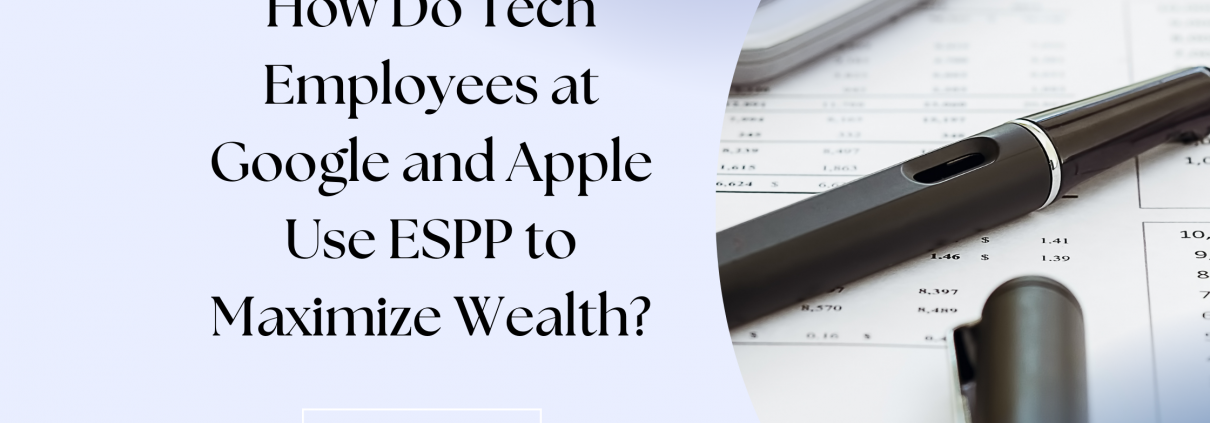
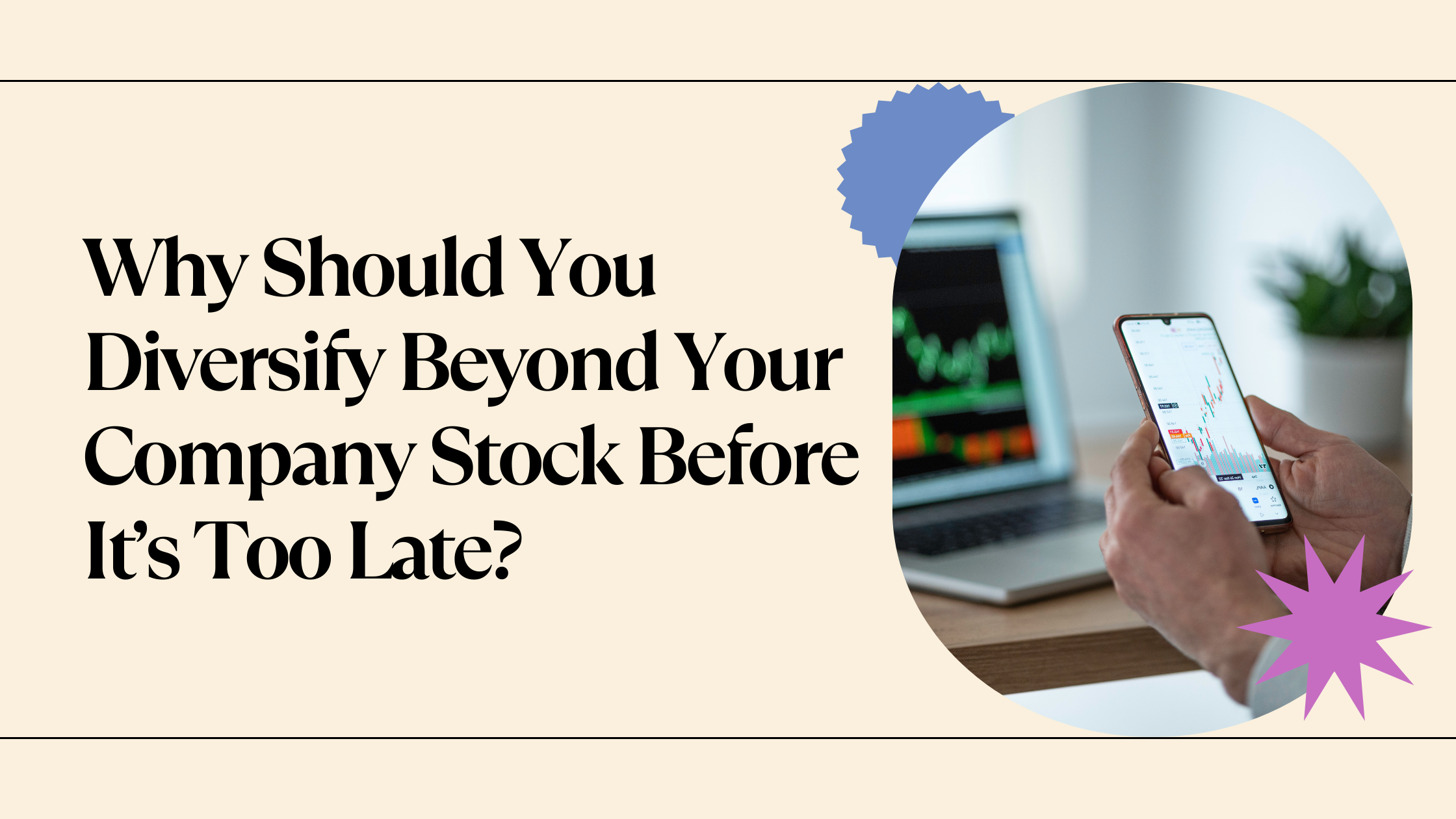


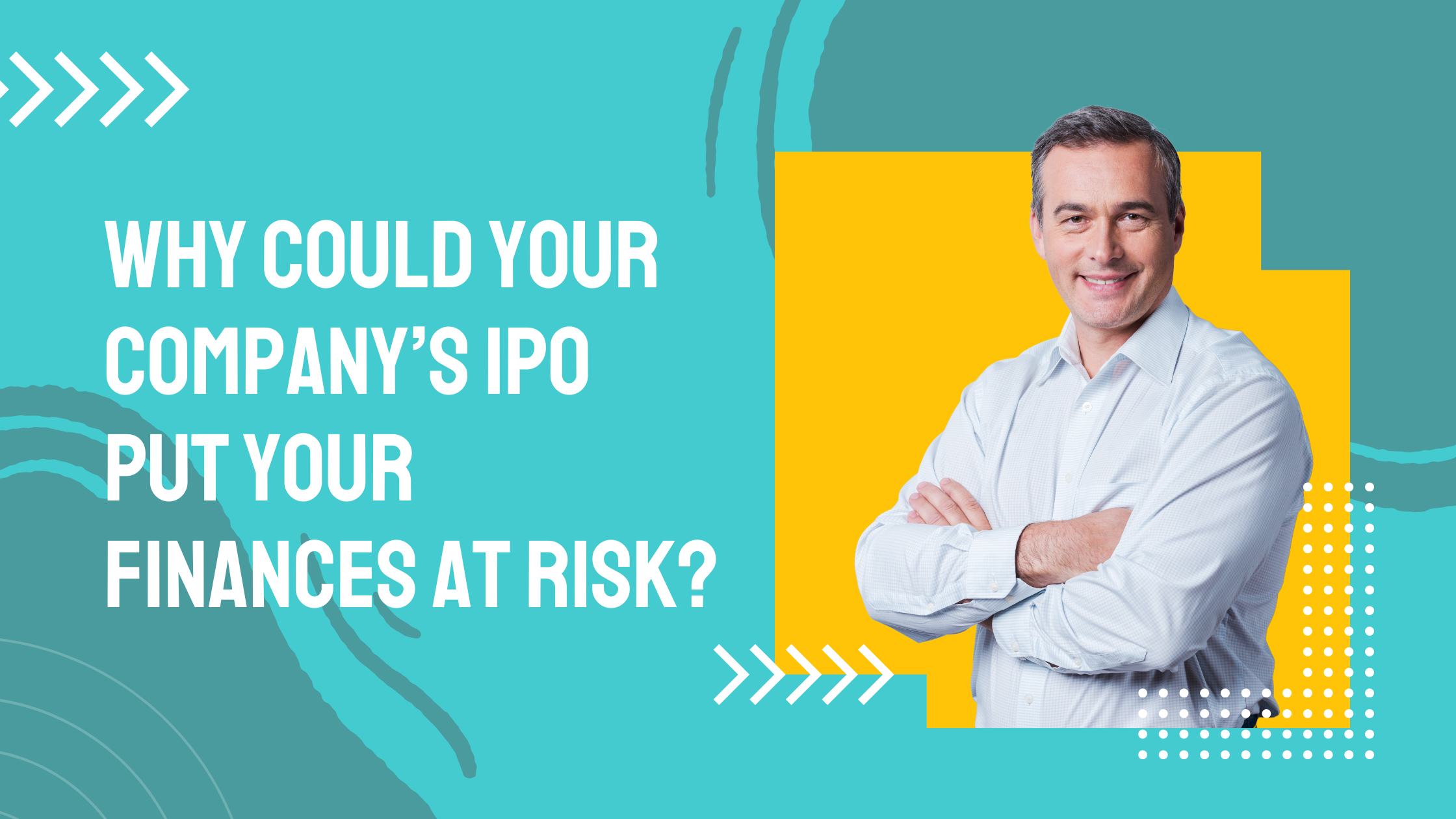

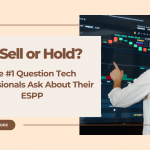
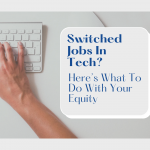
Leave a Reply
Want to join the discussion?Feel free to contribute!